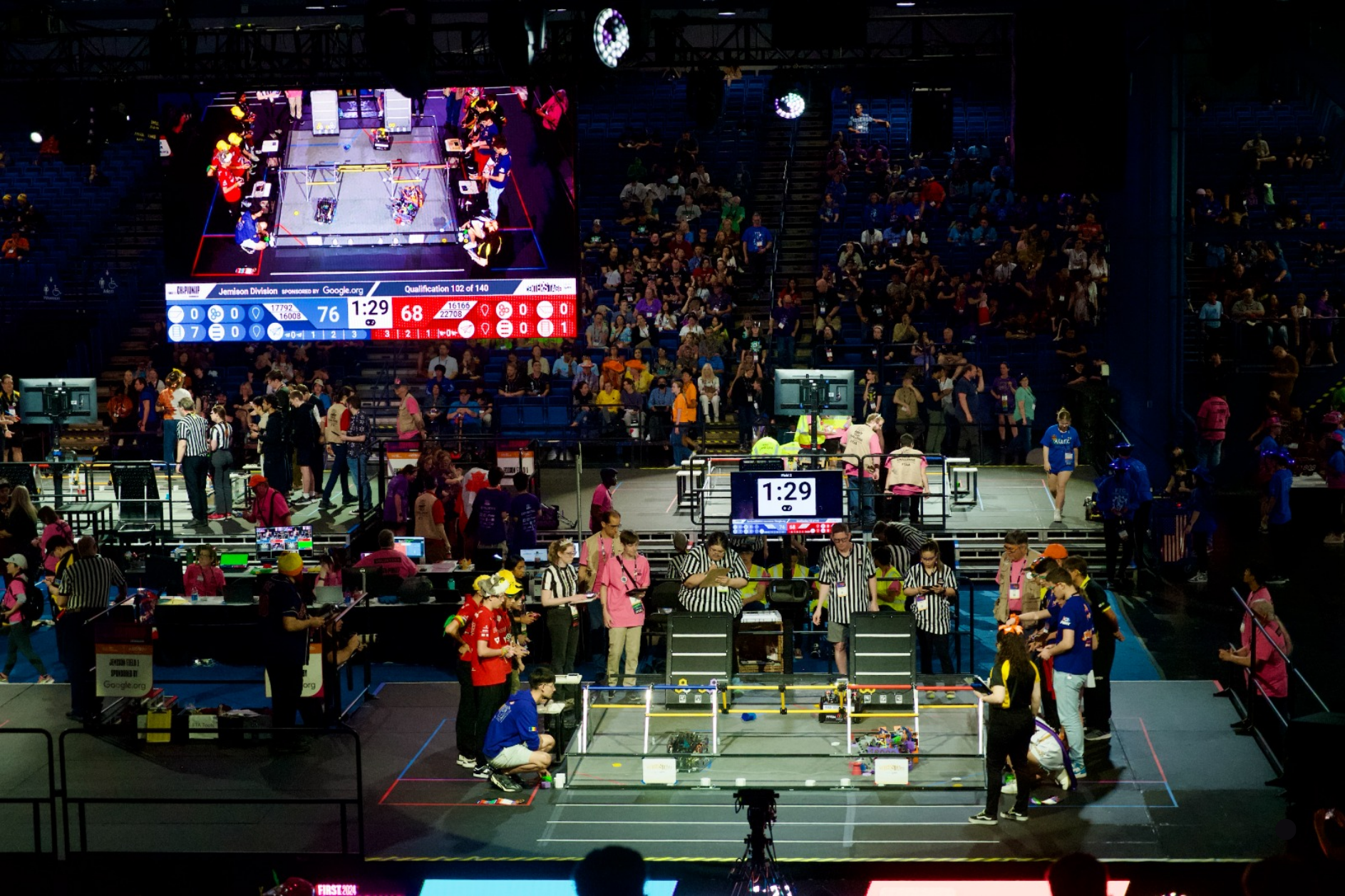
FTC
Mecânica
How are the Worlds robots faster than we usually see?
This video explains how top robotics teams engineer their robots for maximum speed. It covers the use of fast, powerful motors supported by strong, redundant systems that allow for full power without risk of failure. Custom gear ratios and pulleys improve control, while automation reduces response time by handling repetitive tasks, like transferring objects. The robots also rely on advanced battery management to optimize power distribution. Mechanical aids, such as springs and high-speed servos, reduce energy use and enhance movement, and flexible cables with pulleys increase the speed of mechanisms like viper-slides. These combined strategies create the world’s fastest, most efficient robots.
How to build an entire robot without screws? – FAST introduction
Ever imagined a robot-building system so innovative it doesn’t require screws or metal parts, yet creates an almost indestructible robot using just 3mm material? 🤯 That’s right! Meet FAST (Fast Assembly Structure), developed by the Amigos Droids team, inspired by nature, and designed for ultimate durability and flexibility. 🌱🤖
What are spacial trusses and how to apply them into a robot? – FAST class 2
What exactly are spatial trusses? These three-dimensional structures distribute forces across various planes, ideal for minimizing support needs while providing maximum impact resistance. In this video, you’ll learn how Amigos Droids applied spatial trusses to reinforce their robot’s chassis, creating robust support for mechanisms and key components like motors.
Programação
How to recognize objects on the field during the autonomous period.
In this video, you’ll learn cutting-edge techniques for object recognition tailored to the autonomous period in robotics competitions. We dive deep into essential tools, including advanced sensors and machine learning algorithms, to help your robot swiftly identify and interact with critical field objects. By following this guide, you’ll understand how to optimize vision processing for accurate, efficient detection, resulting in smarter, faster autonomous moves.
